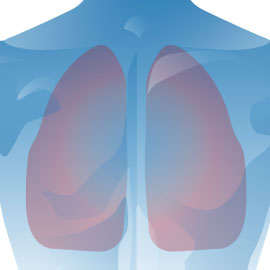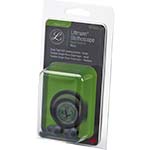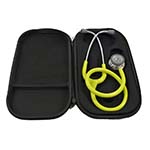No products
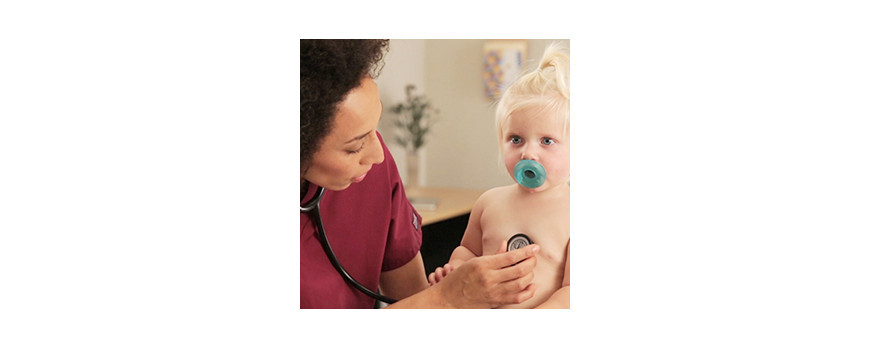
Learn How to Listen
Learn How to Listen with your Littmann stethoscope

Introduction to auscultation.
A quiet, well-lit, warm room.
An appropriately disrobed patient.This allows you to place the stethoscope directly on the chest or back and will eliminate distortions and frictional noise from clothing.
The ability to examine the patient supine, sitting, and in left lateral recumbent positions. You may hear different sounds, especially abnormal ones, in different positions.
A stethoscope with both a bell and diaphragm (or the capacity to act as a bell and diaphragm) is essential.
Learn more auscultation skills.The 3M™ Littmann® Learning Institute App is packed with auscultation training resources that help sharpen your ability to hear.
Get details and download the app now
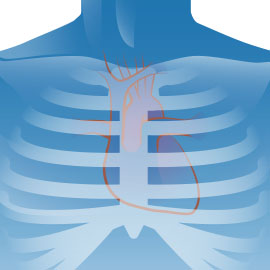
Cardiac Auscultation Instructional Poster
Cardiac auscultation is a skill that takes practice. Lots of practice. We’ve developed a handy educational poster to use as a reference when listening for subtle heart sounds with your 3M™ Littmann® Stethoscope.
You’ll find a diagram of the heart with key auscultation sites indicated. Visualization of the aortic, pulmonic, tricuspid and mitral areas clarify where to place your stethoscope during a clinical examination to listen to heart sounds. There’s also a detailed description of the heart cycle that will help you review the basics of cardiac auscultation.